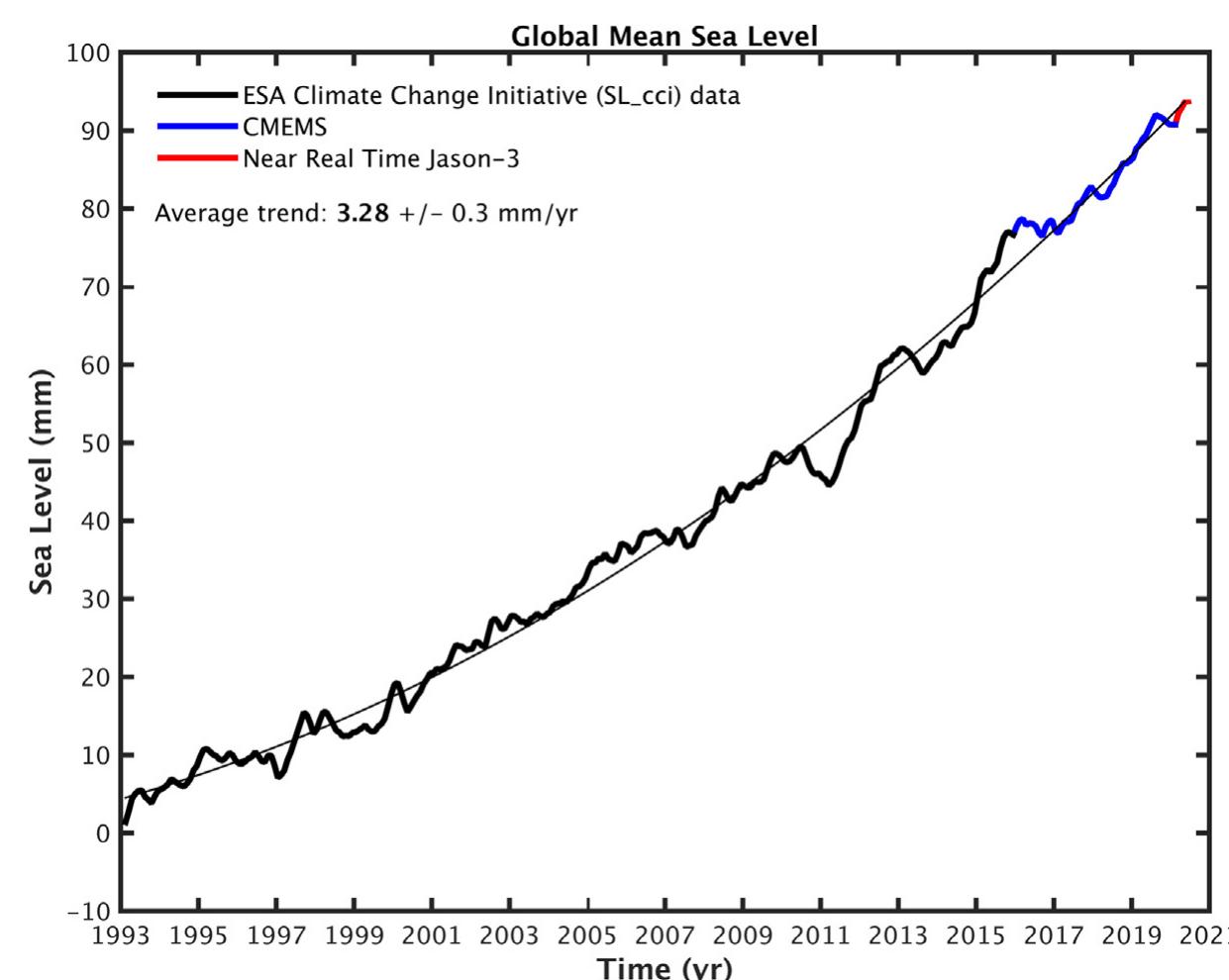Key research themes
1. How does atmospheric pollution influence cryospheric changes and water resources in the Third Pole region?
This research area focuses on understanding the complex interactions between atmospheric pollutants—especially light-absorbing aerosols like black carbon and dust—and cryospheric elements such as glaciers and snowpack in the Tibetan Plateau and surroundings (the Third Pole). Given the critical dependence of over 1.4 billion people on meltwater from this region, the studies investigate how pollutants affect glacier melt rates, surface albedo, and hydrological cycles, thereby influencing regional water security and contributing to climate feedbacks.
2. What are the advances in remote sensing techniques, particularly Synthetic Aperture Radar (SAR), for monitoring cryospheric dynamics and ice properties?
This theme addresses the development and application of advanced remote sensing technologies, focusing on SAR and InSAR, for the high-resolution monitoring of snow and ice characteristics across polar and mountain cryospheric regions. It investigates methods to measure ice type, ice extent, ice velocity, surface melting, and morphological changes, providing crucial data for understanding cryosphere responses to climate variability and for improving cryospheric modeling.
3. How do cryospheric ecosystems and microbial communities respond to environmental change, and what role does ‘omics’ technology play in revealing their diversity and function?
This theme concentrates on the biological dimension of the cryosphere, particularly the diversity, physiology, and ecological roles of microbial communities in snow, ice, and glacial sediments at polar and alpine sites. It emphasizes how modern 'omics' techniques enable detailed characterization beyond taxonomy, investigating microbial responses to global change stresses and their influence on biogeochemical cycles essential to ecosystem functioning amid warming climates.











































































